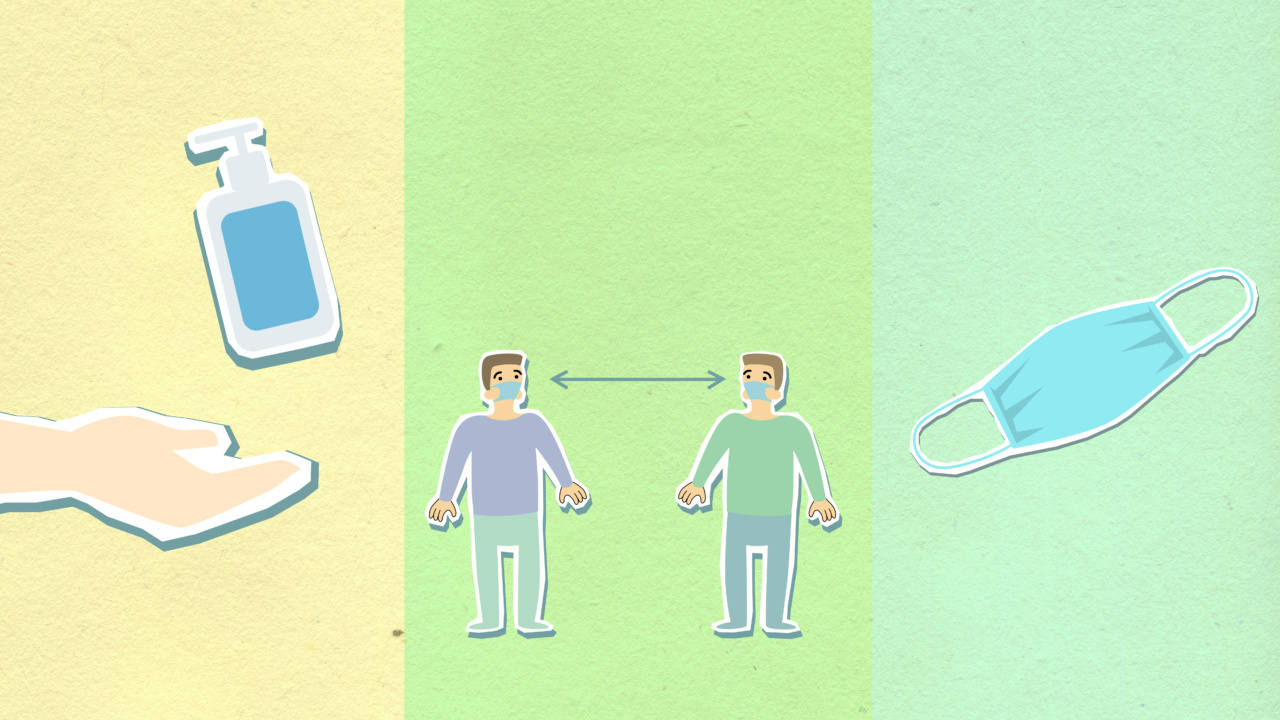Parkinson’s disease is a neurological disorder that affects movement, causing symptoms such as tremors, stiffness, and impaired balance.
While these symptoms are typically associated with Parkinson’s disease, there are certain medical issues that can falsely indicate the presence of this condition. It is essential to recognize these false signs to avoid misdiagnosis and ensure appropriate treatment for patients.
1. Essential Tremor
Essential tremor is a common movement disorder that often resembles the tremors associated with Parkinson’s disease.
However, essential tremor is generally characterized by rhythmic shaking, which occurs when a person performs voluntary actions or in certain postures. Unlike Parkinson’s disease, the tremors diminish when the person is at rest. It is crucial to distinguish between essential tremor and Parkinson’s disease to avoid unnecessary treatment.
2. Drug-Induced Parkinsonism
Some medications, particularly certain antipsychotic drugs and medications used to treat nausea, can cause drug-induced Parkinsonism.
The symptoms of drug-induced Parkinsonism closely mimic those of Parkinson’s disease, with tremors, rigidity, and bradykinesia (slowness of movement). However, drug-induced Parkinsonism typically occurs shortly after starting or increasing the dosage of the medication and improves upon discontinuation of the drug.
3. Multiple System Atrophy
Multiple system atrophy (MSA) is a rare neurodegenerative disorder that shares some clinical features with Parkinson’s disease. MSA is characterized by a combination of parkinsonism, autonomic dysfunction, and other movement abnormalities.
Unlike Parkinson’s disease, MSA progresses more rapidly, and patients may experience additional symptoms such as orthostatic hypotension, urinary incontinence, and respiratory problems.
4. Wilson’s Disease
Wilson’s disease is an inherited disorder that results in abnormal copper metabolism in the body, leading to copper accumulation in various organs, including the brain.
Neurological symptoms of Wilson’s disease, such as tremors, dystonia, and dysarthria, can often be mistaken for Parkinson’s disease. However, distinct features of Wilson’s disease, such as liver dysfunction, Kayser-Fleischer rings in the eyes, and psychiatric symptoms, help differentiate it from Parkinson’s disease.
5. Normal Pressure Hydrocephalus
Normal pressure hydrocephalus (NPH) is a condition characterized by the abnormal accumulation of cerebrospinal fluid in the brain’s ventricles, leading to an enlarged head and impaired brain function.
The symptoms of NPH include gait disturbances, urinary incontinence, and cognitive impairment, which can mimic Parkinson’s disease. However, the distinctive triad of symptoms associated with NPH sets it apart: “gait apraxia,” urinary incontinence, and cognitive decline.
6. Vascular Parkinsonism
Vascular Parkinsonism is caused by small strokes or impaired blood flow in the brain, leading to symptoms similar to Parkinson’s disease.
However, vascular Parkinsonism often presents with additional neurological manifestations, such as pseudobulbar palsy, abnormal reflexes, and signs of cerebrovascular disease, which can help differentiate it from idiopathic Parkinson’s disease.
7. Psychogenic Parkinsonism
Psychogenic Parkinsonism, also known as functional Parkinsonism, is a type of movement disorder that is primarily psychological in origin.
The symptoms of psychogenic Parkinsonism closely resemble Parkinson’s disease, but the underlying cause is related to psychological factors rather than neurodegeneration. A comprehensive psychiatric evaluation and exclusion of other organic causes are essential in diagnosing psychogenic Parkinsonism.
8. Corticobasal Syndrome
Corticobasal Syndrome (CBS) is a rare neurodegenerative disorder that can mimic Parkinson’s disease due to overlapping symptoms.
CBS is characterized by asymmetric movement and posture abnormalities, cortical sensory deficits, and cognitive impairment. Patients with CBS may present with alien limb phenomena or apraxia, which are uncommon in Parkinson’s disease.
9. Supranuclear Palsy
Progressive supranuclear palsy (PSP) is a Parkinson-plus syndrome that shares some clinical features with Parkinson’s disease. PSP can cause parkinsonism symptoms such as postural instability, bradykinesia, and rigidity.
However, PSP is typically accompanied by vertical gaze palsy, early falls, and cognitive impairment, which help distinguish it from Parkinson’s disease.
10. Drug-Induced Tremors
Some medications, such as certain antidepressants, antiepileptics, and bronchodilators, can induce tremors that may be mistaken for Parkinson’s disease.
These drug-induced tremors usually occur soon after initiating or adjusting the dose of the medication and may resolve once the medication is discontinued or the dosage is reduced. It is essential to consider medication history when evaluating patients with tremors resembling Parkinson’s disease.


























